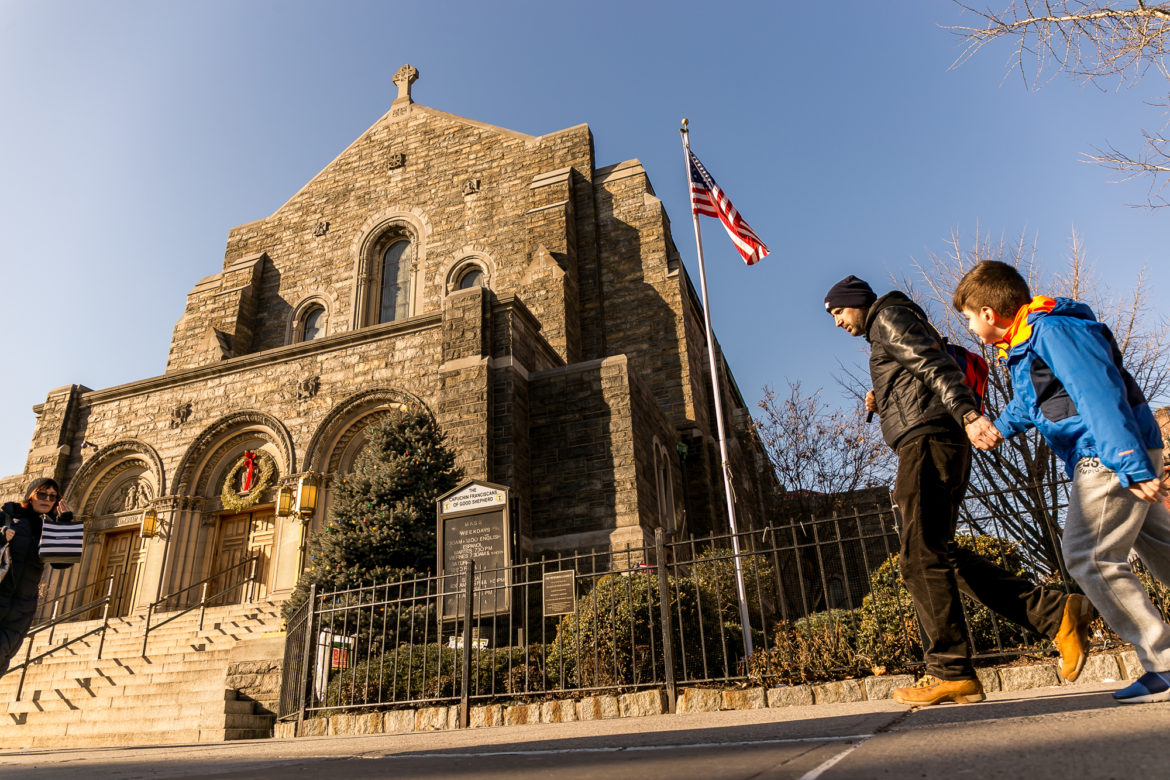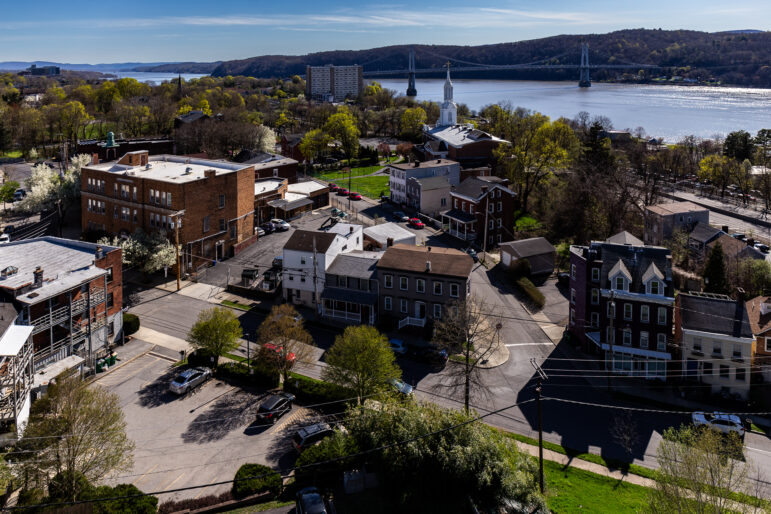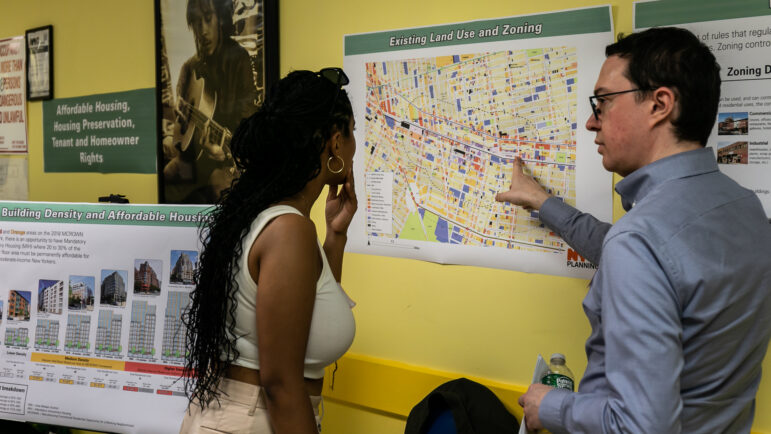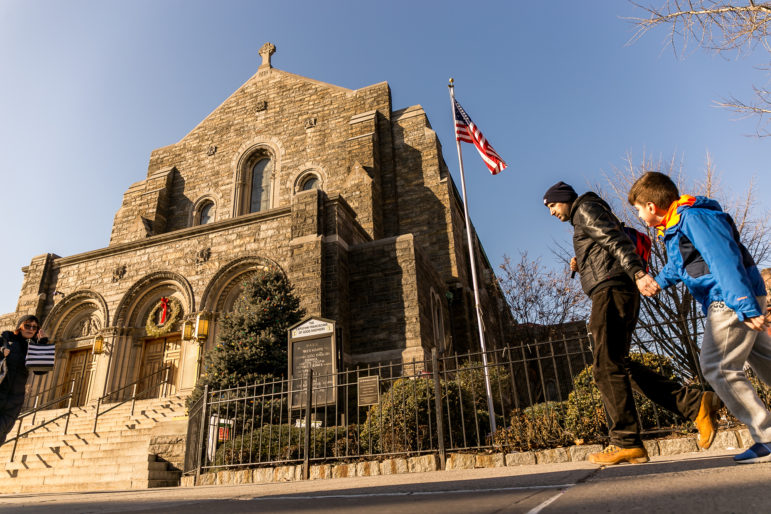“New York’s proposed Faith-Based Affordable Housing Act offers a practical solution to two pressing challenges: preserving historic houses of worship and addressing the state’s severe housing crisis.”

Adi Talwar
A church in Upper Manhattan.Across the country, houses of worship—churches, synagogues, mosques, and temples—have long been the heart of their communities. Yet these cherished institutions face a dual crisis. Nearly 70 percent are over 50 years old, requiring costly repairs or even major structural rehabilitation.
At the same time, membership and attendance are declining nationwide, leaving dwindling donations to cover mounting maintenance costs. On average, congregations already devote more than a quarter of their budgets just to keep their buildings standing.
But these sacred spaces are more than just structures—they are cornerstones of community life and neighborhood identity. Their spires, domes, and intricate facades serve as local anchors, tying generations to their shared heritage. Inside, over half of religious buildings host essential services like childcare, health programs, and food banks. Losing them would mean losing vital community hubs.
While chair of the Advisory Council on Historic Preservation, I heard firsthand from faith leaders all over the country about the scope of the challenges they face. I learned that far too many faith leaders agonize over impossible choices: cut essential programs to fund repairs, sell their sacred spaces, or watch them deteriorate beyond salvation. Without intervention, we risk losing both historic architecture and key institutions that hold our communities together.
What if these sacred places could also help solve the housing crisis? A New York legislative proposal, the Faith-Based Affordable Housing Act, offers a path forward. By cutting through outdated zoning restrictions, it would allow congregations to develop housing on underutilized religious land. This would generate income to preserve historic buildings and sustain vital community programs. It’s a common-sense solution that strengthens neighborhoods while addressing one of the state’s most urgent challenges: the dire shortage of affordable homes.
Many faith institutions have vacant rectories, empty parking lots, or closed parochial schools that could be transformed into housing. Yet outdated zoning laws often prohibit such projects. The National Zoning Atlas, which has mapped restrictive zoning laws across the country, highlights how these regulations block multi-family housing, including on land owned by faith institutions.
The Faith-Based Affordable Housing Act would remove these barriers, enabling congregations to put unused spaces to productive use. This is a straightforward, necessary reform to empower faith institutions to sustain themselves while addressing a critical housing shortage.
Preservation is not about freezing buildings in time; it’s about ensuring they continue serving their communities. The revenue from faith-based housing could fund essential repairs and sustain community programs. These places matter—not just for their history but for their ongoing contributions to neighborhoods.
Faith-based housing is already a proven model. In Buffalo, Holy Trinity Lutheran Church developed Trinity Towers, an 83-unit senior housing complex that has served the community for decades. In the Bronx, a historic church on Tinton Avenue is creating new apartments while remaining a community cornerstone. Other states have successfully passed similar legislation allowing houses of worship to build homes. These examples show how faith institutions can adapt to modern needs without sacrificing their purpose.
For too long, New York’s policies have made it easier to demolish historic buildings than to repurpose them. The Faith-Based Affordable Housing Act provides a financial lifeline for congregations while helping address the state’s housing crisis. Preservationists and housing advocates alike should support this effort.
Every month that passes, more houses of worship close, and more affordable housing opportunities are lost. Lawmakers must act now to protect these vital spaces and the communities they serve.
Sara C. Bronin is an architect, attorney, and professor at Cornell University, where she holds appointments in planning, law, real estate, and architecture. She previously served as chair of the Advisory Council on Historic Preservation and currently directs the National Zoning Atlas.









